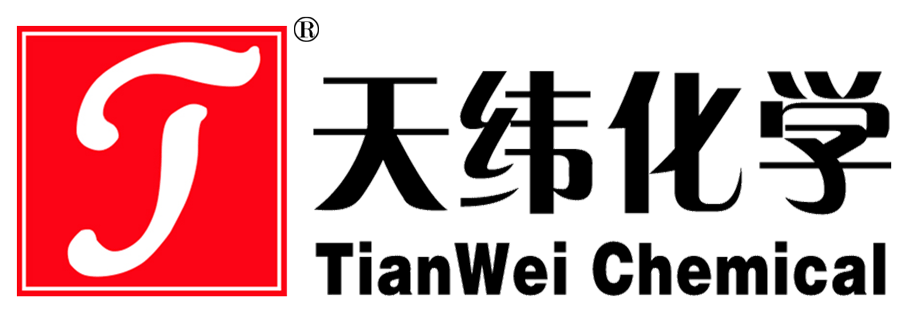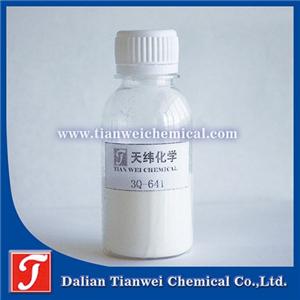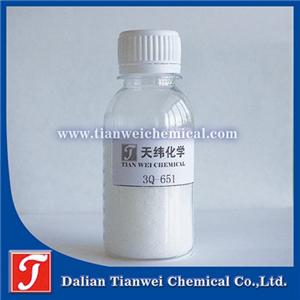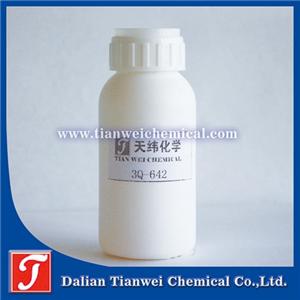Introduction to antibacterial and antifungal agents for wristbands and watch straps
Wristbands and watch straps, as close-fitting items that are in long-term contact with the skin and prone to sweat and environmental moisture, are high-frequency scenarios for the growth of bacteria and mold (for instance, the oils and dander in sweat provide nutrients for microorganisms, and a humid environment accelerates the reproduction of mold, which may lead to skin discomfort, unpleasant odors or mold growth of materials). Therefore, adding antibacterial and antifungal agents to its production materials has become a key process. The following is an introduction from the core dimension:
I. Applicable base materials for wristbands/watch straps and corresponding types of antibacterial and antifungal agents
The common base materials of wristbands and watch straps (such as silicone, TPU, TPE, nylon, leather, etc.) have significant differences in properties, and it is necessary to match them with compatible and stable antibacterial and antifungal agents
Ii. Core Performance Requirements: Fit the usage scenario characteristics of the wristband/watch strap
Wristbands and watch straps need to be in long-term contact with the skin, tolerate sweat (containing salt and oil), and be frequently rubbed. Moreover, some products need to be waterproof (such as swimming wristbands). Therefore, antibacterial and antifungal agents need to meet the following targeted performance requirements rather than general standards:
100% skin safety: Low irritation and low migration
It must comply with the safety regulations for skin contact products, such as the EU REACH regulation (restricting the migration of hazardous substances), the US FDA food contact grade standards (some straps may come into contact with the mouth, such as accidental bites by children), and the Chinese GB/T 31402 "Evaluation of Antibacterial Properties of Textiles" (skin irritation ≤0 grade).
Key indicators: Migration rate ≤0.1% (to prevent antibacterial components from migrating to the skin through sweat and causing allergies). For common nano-silver systems, the release of silver ions needs to be controlled (≤0.1mg/L) to ensure antibacterial properties while avoiding toxicity.
Long-lasting antibacterial and antifungal: Resisting "dynamic pollution"
The wristband/watch strap comes into contact with skin sweat and environmental dust every day, so it is necessary to continuously inhibit the growth of microorganisms instead of "one-time antibacterial".
Effective period After addition, the antibacterial rate of the product needs to be stably maintained for 1 to 3 years (simulated daily usage frequency test). The antibacterial rate against common pathogenic bacteria (Staphylococcus aureus, Escherichia coli) is ≥99%, and the anti-mold grade against molds (Aspergillus Niger, Penicillium, which can easily cause the watch strap to turn black and develop mold spots) is ≥0 (no visible mold growth is allowed). It is determined in accordance with GB/T 24128 "Test Methods for Anti-mold Properties of Plastics".
Environmental stability: Sweat resistance, abrasion resistance, and water wash resistance
Sweat corrosion resistance: After artificial sweat immersion test (40℃, 72 hours), the antibacterial rate does not decrease by more than 10% (to avoid salt damage to the structure of antibacterial components).
Abrasion resistance: After 500 abrasion tests (in accordance with the method of GB/T 3920 "Colour Fastness of Textiles - Abrasion Colour Fastness"), the antibacterial performance shows no significant attenuation (preventing the antibacterial layer from peeling off during daily wear).
Water resistance: Compatible with watch straps of IP68/IP69 water resistance ratings. The antibacterial agent should be "insoluble in water" to prevent performance loss after washing or swimming.
No impact on the inherent performance of the base material: No deterioration in appearance or hand feel
The appearance of the watch strap remains unchanged: For instance, the transparent silicone watch strap still maintains a high light transmittance after being added, and the colored watch strap does not fade or shift color.
It does not damage physical properties: It does not reduce the elasticity of the base material (for example, the tensile strength of silicone watch straps decreases by ≤5%) or wear resistance (the wear resistance coefficient of TPU watch straps does not change significantly), avoiding the straps from becoming brittle or cracking.
Iii. Mainstream Mechanism of Action: Specifically addressing the issue of "microbial growth in close contact"
The core of microbial growth in wristbands/watch straps is "skin secretions + humid environment". Antibacterial and antifungal agents precisely block the reproduction chain through the following mechanisms, rather than merely "killing bacteria" :
Contact antibacterial: Actively inhibits surface microorganisms
Antibacterial components (such as nano-silver and organosilicon quaternary ammonium salts) will adhere to the surface of the watch strap material, forming an "invisible protective layer" : When bacteria/molds come into contact, silver ions (or quaternary ammonium salt cations) penetrate the cell membranes of microorganisms, destroying their intracellular enzyme systems (such as inhibiting the activity of respiratory enzymes) or DNA replication capabilities, causing the microorganisms to be unable to metabolize or reproduce, and eventually die. This mechanism does not require "releasing a large amount of components", but only takes effect through surface contact, reducing the risk of migration.
Anti-nutritional mold prevention: Blocking the "food source" of mold
For substrates such as leather and TPU that are prone to absorbing sweat and oil, some fungicides can combine with the oil and protein on the material surface to prevent mold from decomposing them into "nutrients", thereby inhibiting mold growth from the source (especially suitable for humid environments to avoid the watch strap developing an unpleasant odor due to mold decomposition).
Stable weather resistance: Resistant to damage from environmental factors
The crystal structure of inorganic antibacterial agents (such as zinc oxide and silver zirconium phosphate) is stable, which can withstand the erosion of ultraviolet rays, high temperatures and sweat salts, and prevent the decomposition and failure of antibacterial components during long-term use - for example, the antibacterial performance of outdoor wristbands and watch straps can still be maintained even after exposure to the sun




